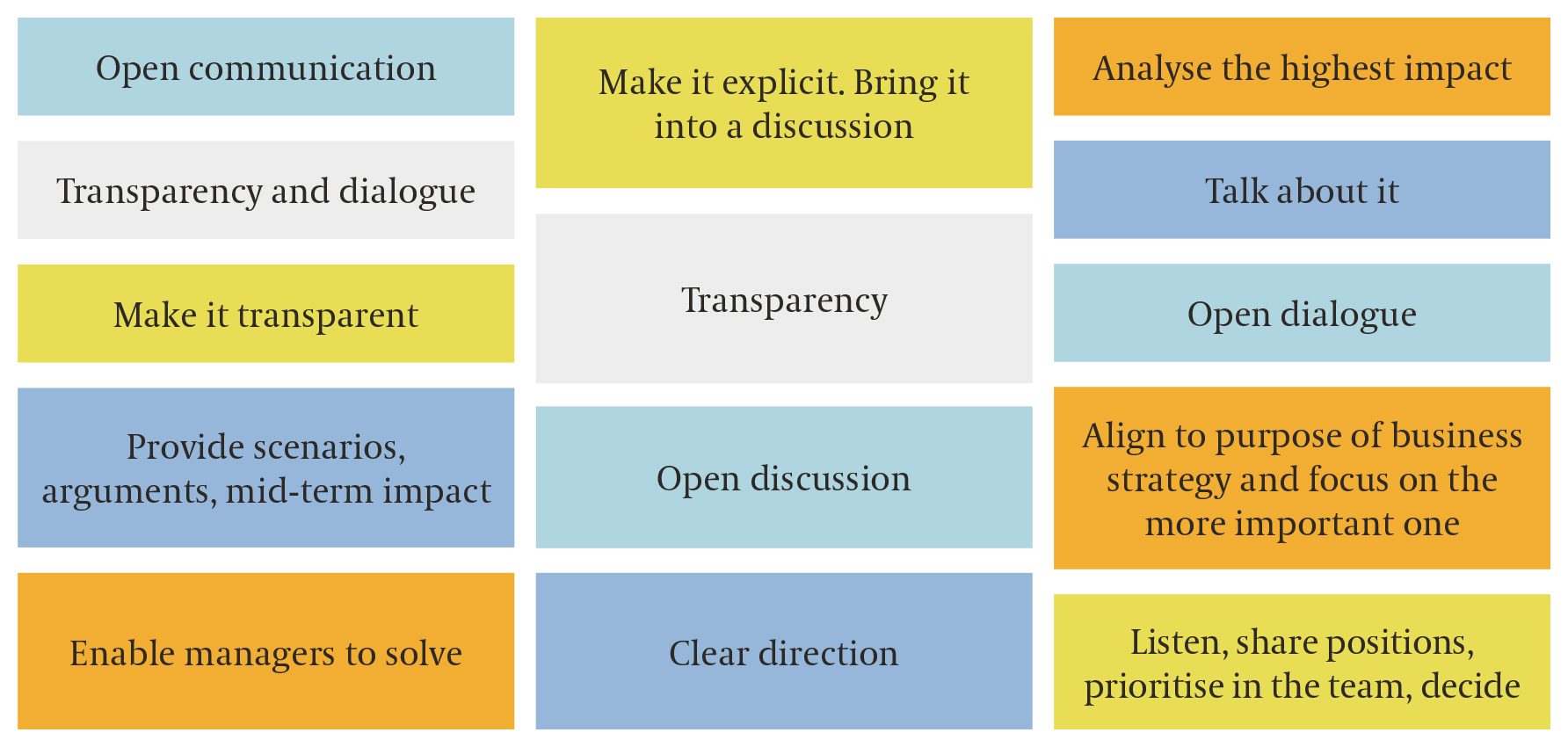What obstacles stand in the way of promoting diversity, equity and inclusion (DEI) within today’s and tomorrow’s companies? What approaches can leaders adopt to drive the necessary changes? And what comes next for chief human resources officers (CHROs) in the context of DEI? These are some of the pressing topics that CHROs explored in a recent roundtable hosted by Egon Zehnder.
To really understand something, you first have to be able to name it. Diversity can be defined as all the ways in which people differ. This includes gender, age, ethnicity, race, disability, sexual orientation, and language.
That said, diversity can mean different things to different people. For Mercedes Alonso, Executive Vice President Renewable Polymers and Chemicals at Neste, Finland-based oil refining and marketing company, “diversity is about bringing the person to the table”.
Inclusion, meanwhile, is “about having that person participate in the conversation at the table and the practices and behaviors that we do to create an environment to make that happen,” she adds.
Equity is the third and final DEI pillar. This is about treating people fairly, offering opportunity and advancement for all and considering issues that might put particular groups at a disadvantage. Belonging is about how these three DEI aspects make employees feel safe, valued and supported as their true, unique self. When implemented successfully, DEI can bring together a team of people who have a sense of being part of something bigger than the job that they do.
What are CHROs doing to get the best out of diverse teams?
CHROs are currently endeavoring to shape their organization to include individuals from diverse backgrounds, care for their wellbeing, and listen to their personal and professional goals while not tolerating harassment in any shape or form.
The best approaches to implement DEI to prepare for the future, as suggested by CHROs:
- better KPIs
- create psychological safety
- engagement surveys
- leading by example
- appraisals
How do you manage conflicting goals out of your responsibility, or what recommendations do you have?

How CHROs are meeting key challenges
A company such as Neste may be small with just 4,800 people but it has succeeded in incorporating many different people from different cultures to its workforce. Currently (figures as of 2021), 32% of its employees are women, with 30% of women acting as line managers, and 26% reaching top management. Moreover, 22% of top management are not Finnish. “These are things we are constantly monitoring because if you don’t measure, then you don’t change anything,” says Alonso.
It’s important to remember that bringing in people from different countries and different backgrounds, whether from a global corporation or a small start-up, means combining differing working cultures and different ways of thinking. While this may naturally also hold the potential for conflicts, friction may create heat: if managed and handled properly, the combination of different opinions and ways of thinking can generate more ideas, encourage people to try new things and spark innovation. Therefore, companies need extreme active management to make sure misunderstandings and endless discussions are avoided. Essentially, collaboration is the best way forward.
Unconscious bias is a real danger that we all need to be aware of, reveal CHROs – we all tend to gravitate towards what is familiar. Tellingly, of the 21 CHROs asked using a Menti survey, all 21 claimed to have experienced unconscious bias during their working lives.
When asked how they deal with it, one CHRO surveyed says they “question the assumption”. Another executive prefers to “try and have a discussion”, while for another “open feedback” is the preferred approach.
How leadership needs to act
The growing significance of the role played by DEI in companies is indisputable. Nevertheless, DEI also presents a number of challenges for leadership. “Managing diversity demands much more of an effort from leaders in terms of discussion and communication with their team,” says one CHRO. In other words, leaders need to become coaches and communicators as they raise awareness of both conscious and unconscious biases.
Answers from the Menti survey confirm that open communication, transparency and dialogue can help leaders. “Providing scenarios, arguments and showing the mid-term impact” are other suggestions to enable leaders to manage conflicting goals.
Improving DEI in the workplace is a huge challenge for leaders. All they can do is to keep on taking small steps forward in order to make progress, advises one CHRO. Ultimately, management needs to embrace diversity as something positive before being able to reap the benefits. That means a lot of work ahead for leaders. Then again, they have no choice.
Going forward, CHROs need to make sure that they don’t expect too much from leaders who are facing ever increasing pressure from all angles, including in terms of reaching DEI targets. It is unrealistic to expect perfection but instead CHROs need to allow leaders to make mistakes as everyone learns together.
Changing learned behavior can be challenging – even for the best of leaders. In a year’s time, CHROs and leaders will doubtless have progressed further in reaching their company’s DEI targets as the business case for DEI becomes stronger.
“This is a journey that will take time and require patience,” concludes Dirk Mundorf, leader of Egon Zehnder’s Human Resources Practice in Germany. “It will be exciting to see where we will be 12 months from now and to see which behavior has changed, what we have seen and what we have experienced.”





